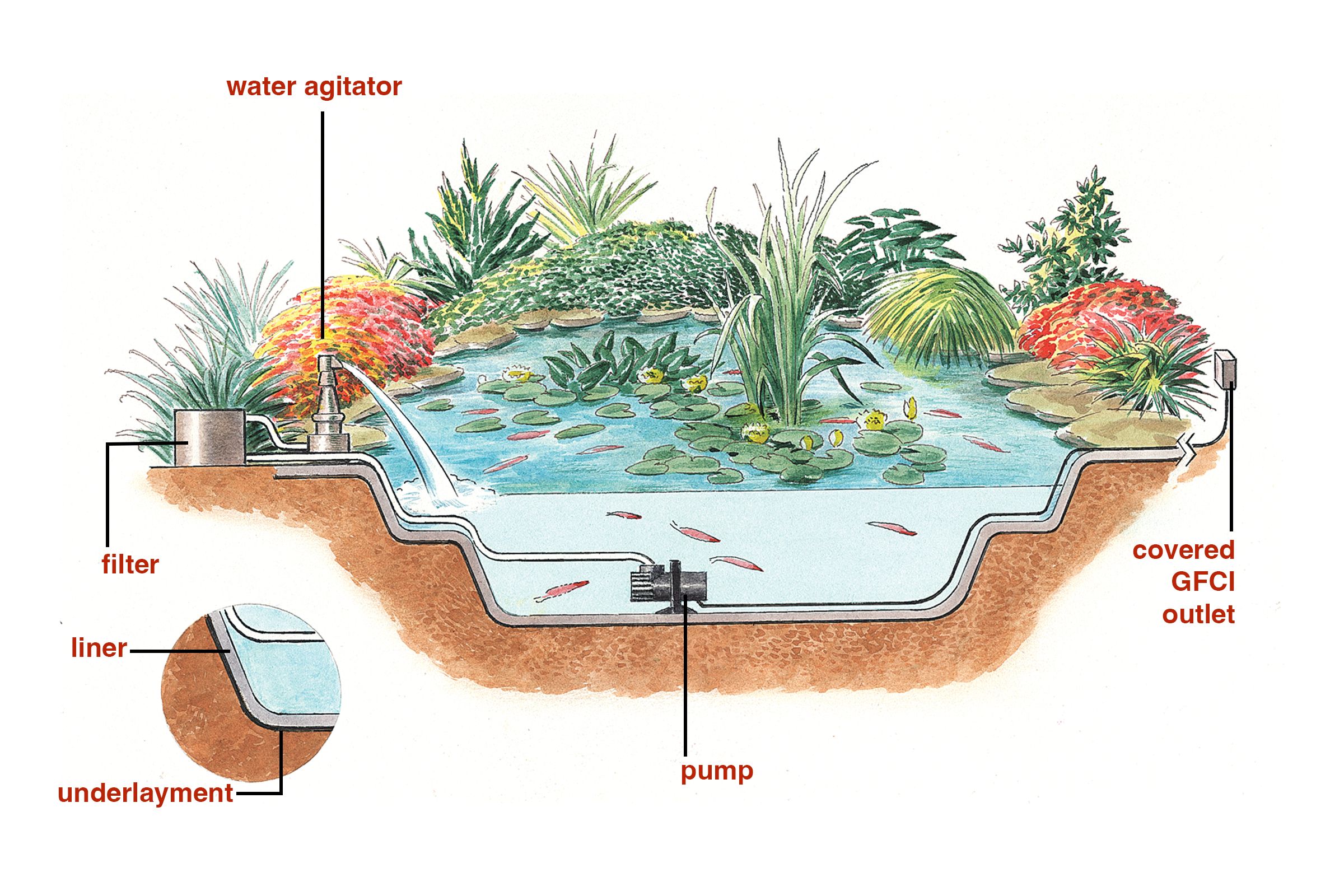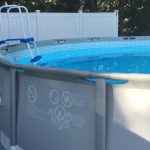Adding a small pond to your backyard can be a fantastic way to create a tranquil and relaxing atmosphere. Not only does it add aesthetic appeal, but it also provides a habitat for wildlife, such as birds and beneficial insects. If you’re considering building a small backyard pond, here’s a step-by-step guide to help you bring your vision to life.
Step 1: Planning and Design
The first step in building a small backyard pond is to carefully plan and design the layout. Consider the size and shape of the pond, as well as its location in your backyard. Take into account factors such as sunlight, existing landscaping, and proximity to trees or shrubs. It’s also important to check with local authorities regarding any permits or regulations that may be required for installing a pond.
Creating a rough sketch or using a design software can help you visualize the layout and determine the best placement for your pond. Consider incorporating features such as rocks, water plants, and a small waterfall to enhance the natural beauty of the pond.

Credit: m.youtube.com
Step 2: Digging the Pond
Once you have a clear plan in place, it’s time to start digging. Use a garden hose or spray paint to mark the outline of the pond on the ground. Start by digging the perimeter of the pond to the desired depth, and then gradually work your way towards the center. It’s important to create shelves or ledges at different depths to accommodate various water plants and provide habitats for different aquatic creatures.
As you dig, periodically check the depth and shape of the pond to ensure that it aligns with your design. Consider the overall depth of the pond, ensuring that it’s deep enough to support aquatic life while also being safe for children or pets around the area.

Credit: www.thisoldhouse.com
Step 3: Installing the Pond Liner
Once the pond has been dug to the desired shape and depth, it’s time to install the pond liner. Choose a high-quality pond liner that is durable and puncture-resistant. Place the liner carefully into the hole, ensuring that it extends up and over the edges of the pond. Smooth out any wrinkles or folds in the liner to prevent leaks and create a natural-looking shape for the pond.
Consider using underlayment or padding beneath the liner to provide an extra layer of protection and cushioning. Secure the edges of the liner in place using rocks or other heavy materials to prevent it from shifting or moving once the pond is filled with water.
Step 4: Adding Water and Finishing Touches
With the liner securely in place, it’s time to fill the pond with water. Use a garden hose or buckets to carefully fill the pond, taking care not to disturb the liner or create excess turbulence in the water. As the pond fills, continue to smooth out any wrinkles or folds in the liner to create a clean and natural appearance.
Once the pond is filled with water, it’s time to add the finishing touches. Consider adding rocks, stones, and boulders around the edges of the pond to create a natural border and provide additional habitat for plants and wildlife. You may also choose to incorporate water plants such as lilies, lotus, or water hyacinths to enhance the beauty and ecological balance of the pond.
Step 5: Maintenance and Care
After your small backyard pond is complete, it’s important to establish a regular maintenance routine to keep it healthy and thriving. Remove any debris, such as leaves or twigs, from the surface of the water regularly to prevent the build-up of organic matter. Consider adding a small pump or filter to help circulate the water and maintain its clarity.
Monitor the water quality and perform routine water tests to ensure that the pond’s ecosystem remains balanced and healthy. Trim and maintain any water plants as needed to prevent overgrowth and maintain the visual appeal of the pond. With proper care and attention, your small backyard pond can become a beautiful and sustainable addition to your outdoor space.
Conclusion
Building a small backyard pond can be a rewarding and enjoyable project that adds natural beauty and tranquility to your outdoor space. By carefully planning and designing the layout, digging the pond, installing the liner, adding water and finishing touches, and establishing a maintenance routine, you can create a thriving ecosystem that enhances the overall appeal of your backyard. Whether you’re looking to attract wildlife, create a relaxing atmosphere, or simply enjoy the visual beauty of a pond, building a small backyard pond is a wonderful way to connect with nature and enhance your outdoor living experience.




